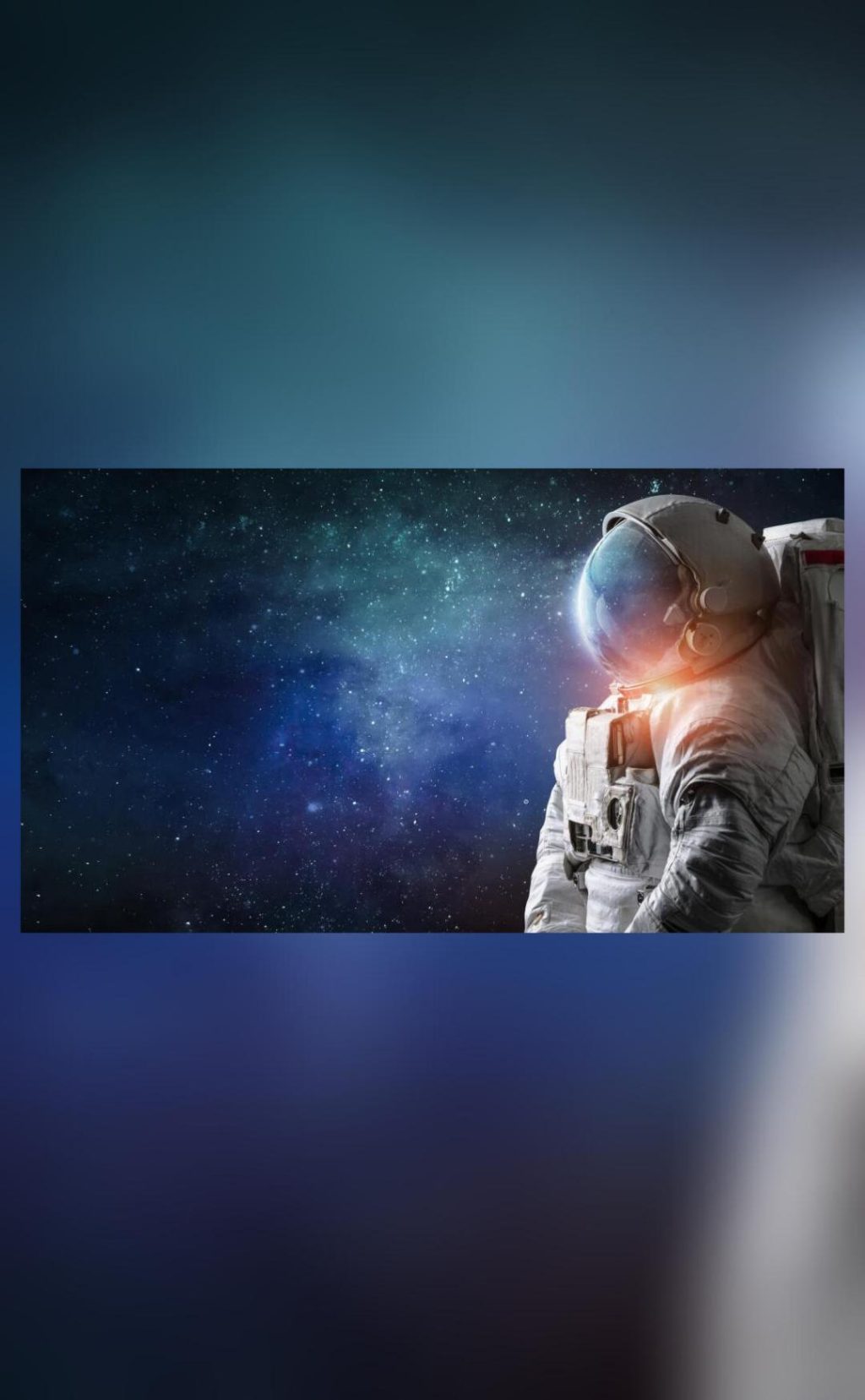
Google & NASA Create AI Medical Assistant for Mars Missions
As we continue to push the boundaries of space exploration, ensuring the health and well-being of astronauts on long-duration missions is a critical concern. NASA and Google have collaborated to develop an innovative AI-powered medical assistant, designed to provide high-quality care and diagnosis in the vastness of space. Dubbed the “Crew Medical Officer Digital Assistant (CMO-DA),” this cutting-edge system is built on Google Cloud’s Vertex AI platform and is capable of processing speech, text, and images to provide accurate diagnoses.
The CMO-DA was unveiled as part of NASA’s efforts to prepare for future Mars missions, where the harsh environment and remote location pose significant challenges for medical care. The AI assistant is designed to work in tandem with human medical professionals, providing real-time support and guidance to ensure that astronauts receive the best possible care.
How the CMO-DA Works
The CMO-DA is a multimodal system that utilizes natural language processing (NLP) and computer vision to analyze patient data and provide diagnoses. The system is trained on a vast dataset of medical records, allowing it to learn patterns and relationships between symptoms, diagnoses, and treatments.
When an astronaut reports a medical issue, the CMO-DA uses its NLP capabilities to analyze the patient’s symptoms and medical history. The system then generates a list of potential diagnoses, which are presented to the human medical professional for review and confirmation.
The CMO-DA also utilizes computer vision to analyze medical images, such as X-rays and MRIs, to aid in the diagnosis and treatment of conditions. This technology has been shown to be particularly effective in detecting issues such as ankle injuries and ear pain, which are common problems that can occur in space.
Testing and Results
The CMO-DA has undergone rigorous testing, and the results are promising. In a recent study, the system demonstrated diagnostic accuracy rates of:
- 88% for ankle injuries
- 80% for ear pain
These results are comparable to those achieved by human medical professionals, and demonstrate the potential for AI-powered medical assistants to play a significant role in space medicine.
Benefits for Future Mars Missions
The CMO-DA has the potential to revolutionize the way medical care is provided in space. With its ability to analyze patient data and provide diagnoses in real-time, the system can help to:
- Reduce the risk of misdiagnosis or delayed treatment
- Increase the efficiency and effectiveness of medical care
- Provide critical support to human medical professionals in remote locations
The CMO-DA is also designed to be scalable, allowing it to be easily integrated into future Mars missions. As NASA continues to push the boundaries of space exploration, the CMO-DA will play a critical role in ensuring the health and well-being of astronauts on long-duration missions.
Conclusion
The development of the CMO-DA is a significant milestone in the use of AI-powered medical assistants in space medicine. This cutting-edge system has the potential to revolutionize the way medical care is provided in space, and will play a critical role in ensuring the health and well-being of astronauts on future Mars missions.
As we continue to explore the vastness of space, it is crucial that we prioritize the health and well-being of our astronauts. The CMO-DA is a powerful tool in this effort, and we can expect to see its use continue to evolve and expand in the years to come.






